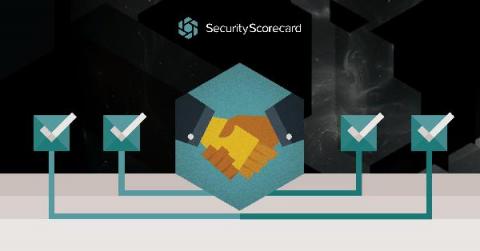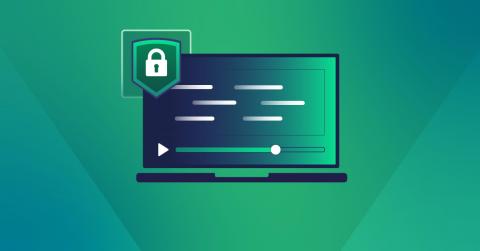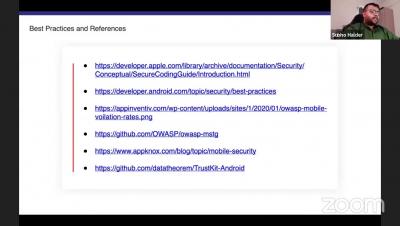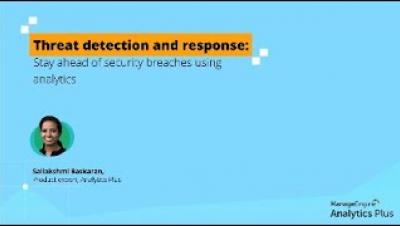Life Science Top 10 Market Trends for 2021
For over a year the future has lacked clarity. As parts of the world start to open up and the life sciences industry ramps back up to pre-pandemic activity, the fog of uncertainty is starting to lift. We are seeing an acceleration of digital transformation across the Life Sciences industry with the adoption of decentralized trials, real world evidence, and remote monitoring.











